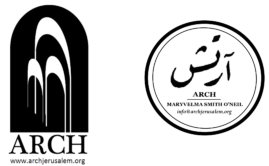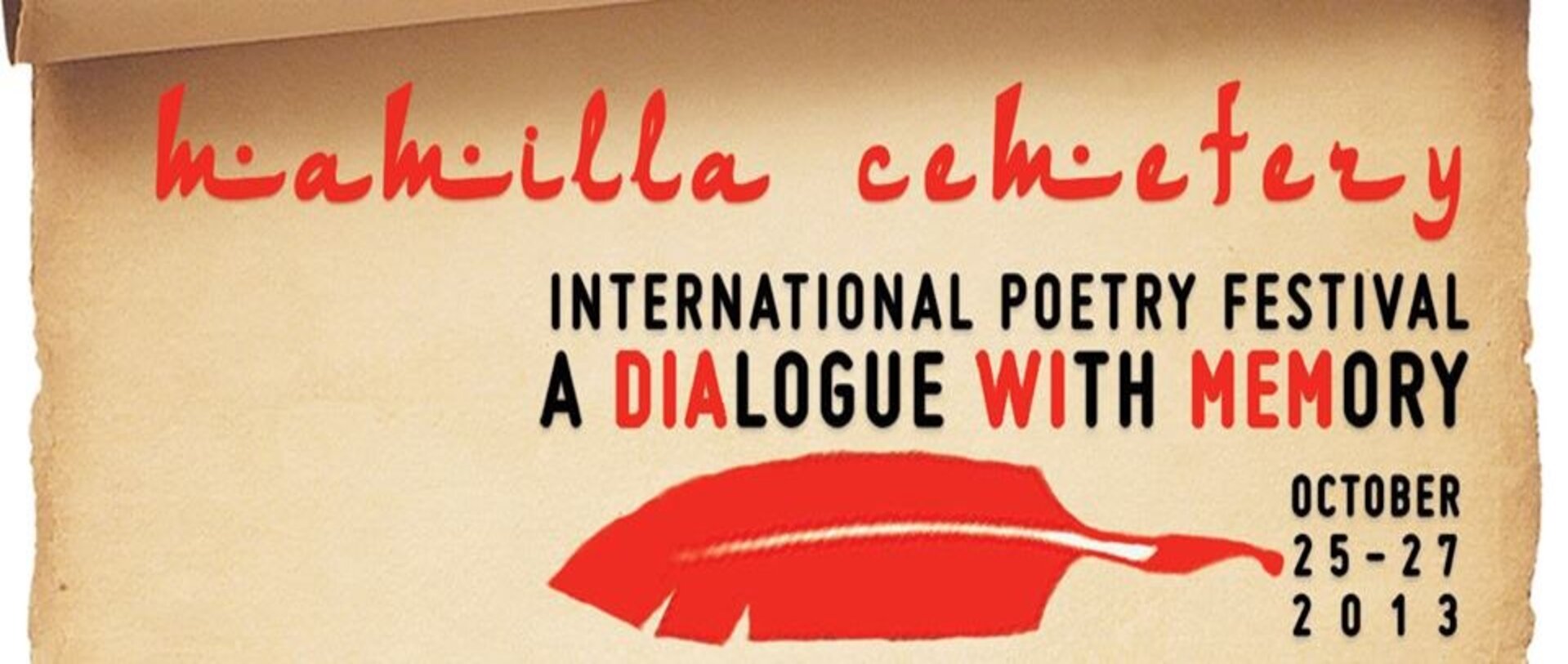In Jerusalem, and I mean within the ancient walls,
I walk from one epoch to another without a memory to guide me.– Mahmoud Darwish
In cooperation with Mahmoud Darwish Foundation and Museum, Ramallah
And Campaign to Preserve Mamilla Jerusalem Cemetery.
Resting just west of the walls of the Old City of Jerusalem, Mamilla Cemetery—necropolis of shrines, distinguished mausoleums, modest graves, and the ancient Mamilla Pool—is facing final desecration and destruction.
Mamilla’s venerable history is as rich as it is layered. Having been adopted first by the Byzantines, whose 4th century church and cemetery marked it as holy ground, Mamilla was then designated an Islamic burial site as early as the 7th century, when the remains of the very first Muslims—the Sahabah, companions of the Prophet Muhammad—were reputedly laid to rest in its sacred soil. Aside from a brief period as a Christian cemetery during the Crusades, Mamilla served without interruption as Muslim burial grounds over the course of a 1,400 year-period of Islamic rule over Jerusalem. Growing to become the largest Islamic cemetery in the city, it housed a diverse community of Muslims, from the respected soldiers of ruler Saladin to generations of Jerusalemites spanning a wide socio-economic spectrum. Tombs of emirs, muftis, Sufi shrines and Mamluk-era mausoleums—amongst other ancient monuments and gravestones—further attest to its hallowed history. Indeed, so holy was Mamilla that in the 14th century A’lam, interment there was likened to being buried in heaven.
Today, Mamilla stands not only as a symbol and vestige of Palestinian—and Muslim—religious and cultural heritage but also as a site of exceptional universal value. In light of its sacred significance, the plan to build a so-called “Museum of Dignity and Tolerance” on its soil is an affront to memory and identity.
Encouraged by a renewed hope for the preservation of Mamilla, ARCH (Alliance to Restore Cultural Heritage in the Holy City of Jerusalem) joined hands with the Mahmoud Darwish Foundation and Museum and the Campaign to Preserve Mamilla Jerusalem Cemetery to organize an International Poetry Festival.
With the aim of protecting and preserving the cemetery as a place of living memory and of eternal sanctity, we welcomed poetry that celebrates Mamilla as a resting place for generations of Palestinian families. Likewise, we welcomed submissions that meditate upon and imagine the lives of notables and ordinary people alike who have been buried in its holy grounds.
Inspired by Seamus Heaney’s claim that every poet has double citizenship—one of locality, one of conscience—we invited poets to reflect upon locality to explore universal themes that transcend geographical boundaries.
Poetry’s crucial role in the formation of cultural identity is undeniable, especially when it provides agency in the protection and preservation of memory. As Mahmoud Darwish affirmed, “Poems can’t establish a state. But they can establish a metaphorical homeland in the minds of the people. I think my poems have built some houses in this landscape.”
This land absorbs the skins of martyrs
This land promises wheat and stars
Worship it!
We are its salt and its water
We are its wound, but a wound that fights– Mahmoud Darwish
A distinguished panel of six literary figures from around the world reviewed all content received and selected twenty final submissions, which were performed live (or digitally broadcast) between the 25th and 27th of October (2013) at the Mamilla Poetry Festival, hosted by the Mahmoud Darwish Foundation and Museum in Ramallah. The festival was recorded, and then streamed online; finally, an anthology was published.
In addition to conducting widespread outreach to generate global awareness and solicit international involvement, we aimed to galvanizing nearby communities and to engage local youth. A special prize was awarded for the best poem submitted by a secondary-school student; local schools were encouraged to attend.

We invite all interested parties to visit the cemetery—albeit virtually—by reviewing the biographical details of some of the notable deceased; these can be accessed via an online petition to protect the cemetery from further encroachment that was signed by sixty descendants of those same deceased. https://ccrjustice.org/home/press-center/press-releases/archaeologists-worldwide-urge-halt-museum-tolerance-construction

